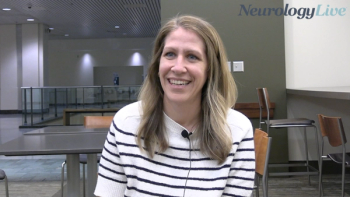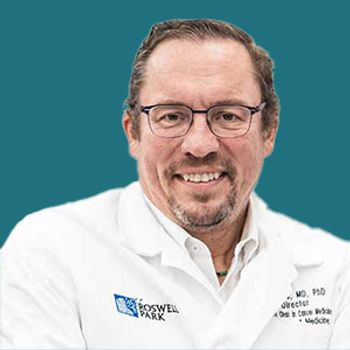
Ben Samelson-Jones, MD, PhD, on Conservative Management Following Treatment With DMD Gene Therapy Elevidys
The associate director of clinical in vivo gene therapy at Children’s Hospital of Philadelphia discussed a case he presented at the American Society of Gene and Cell Therapy’s 2025 meeting.
“I think the big picture take-home is that AAV has a set of evolving and unique toxicities, and the clinical care of AAV recipients requires collaboration and developing special specialty expertise. I think that's really important to safely administer these therapies. I think this case shows that it can be done, but it requires forethought and planning and some institutional support to do that as safely as possible.”
As one of the prominent FDA approved gene therapy products based on the use of an adeno-associated virus (AAV) vector, Sarepta Therapeutics’ delandistrogene moxeparvovec-rokl (marketed as Elevidys), a gene therapy intended to treat Duchenne muscular dystrophy (DMD), has attracted some
At
In a conversation with CGTLive® at the conference, Samelson-Jones spoke about the case and gave his view on the main takeaways from it for the clinical community. He shared his view that the case shows that AAV can be administered safely provided that careful and conservative monitoring is implemented. Samelson-Jones also noted that the clinical model is still evolving and the community will need to continue working out best practices going forward.
REFERENCES
1. Sarepta Therapeutics provides update on Elevidys. News release. Sarepta Therapeutics, Inc. April 4, 2025. Accessed April 9, 2025. https://investorrelations.sarepta.com/news-releases/news-release-details/sarepta-therapeutics-provides-update-elevidys?_ga=2.105497091.1449420572.1744214373-2026491411.1742335673
2. Samelson-Jones B. Conservative management of acute myocarditis and thrombotic microangiopathy after Elevidys (delandistrogene moxeparvovec). Presented at: ASGCT 28th Annual Meeting, May 13 to 17, 2024, New Orleans, LA. Abstract #2000
Newsletter
Stay at the forefront of cutting-edge science with CGT—your direct line to expert insights, breakthrough data, and real-time coverage of the latest advancements in cell and gene therapy.












































